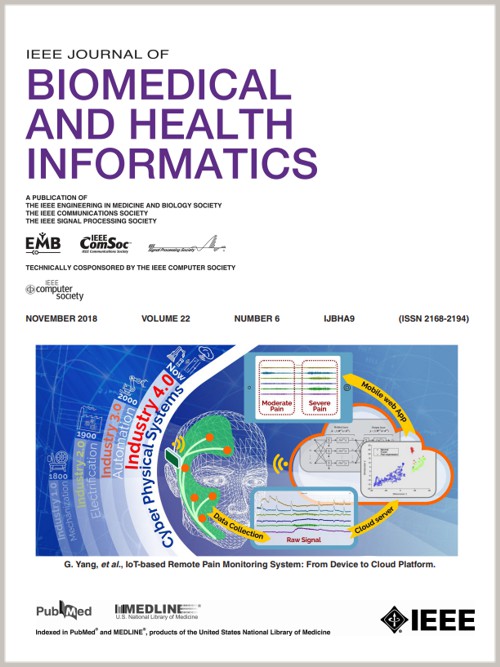Hierarchical Graph Transformer With Contrastive Learning for Gene Regulatory Network Inference
IF 6.8
2区 医学
Q1 COMPUTER SCIENCE, INFORMATION SYSTEMS
IEEE Journal of Biomedical and Health Informatics
Pub Date : 2024-10-14
DOI:10.1109/JBHI.2024.3476490
引用次数: 0
Abstract
Gene regulatory networks (GRNs) are crucial for understanding gene regulation and cellular processes. Inferring GRNs helps uncover regulatory pathways, shedding light on the regulation and development of cellular processes. With the rise of high-throughput sequencing and advancements in computational technology, computational models have emerged as cost-effective alternatives to traditional experimental studies. Moreover, the surge in ChIP-seq data for TF-DNA binding has catalyzed the development of graph neural network (GNN)-based methods, greatly advancing GRN inference capabilities. However, most existing GNN-based methods suffer from the inability to capture long-distance structural semantic correlations due to transitive interactions. In this paper, we introduce a novel GNN-based model named用于基因调控网络推断的具有对比学习功能的层次图转换器
基因调控网络(GRN)对于理解基因调控和细胞过程至关重要。推断基因调控网络有助于发现调控途径,揭示细胞过程的调控和发展。随着高通量测序技术的兴起和计算技术的进步,计算模型已成为传统实验研究的一种具有成本效益的替代方法。此外,针对 TF-DNA 结合的 ChIPseq 数据激增促进了基于图神经网络(GNN)方法的发展,大大提高了 GRN 推断能力。然而,大多数现有的基于图神经网络的方法都存在无法捕捉由传递性相互作用引起的长距离结构语义相关性的问题。在本文中,我们介绍了一种基于 GNN 的新型模型,名为 "基于对比学习的层次图转换器(Hierarchical Graph Transformer with Contrastive Learning for GRN,HGTCGRN)推断"。HGTCGRN 擅长利用层次图转换器捕捉结构语义,它引入了一系列代表基因功能的基因家族节点作为虚拟节点,与 GRNS 中的节点进行交互。这些具有语义意识的虚拟节点嵌入被聚合在一起,以产生具有不同侧重点的节点表示。此外,我们还利用基因本体信息来构建基因交互网络,以便对 GRN 进行对比学习优化。实验结果表明,HGTCGRN 在基因组网络推断方面表现出色。
本文章由计算机程序翻译,如有差异,请以英文原文为准。
求助全文
约1分钟内获得全文
求助全文
来源期刊

IEEE Journal of Biomedical and Health Informatics
COMPUTER SCIENCE, INFORMATION SYSTEMS-COMPUTER SCIENCE, INTERDISCIPLINARY APPLICATIONS
CiteScore
13.60
自引率
6.50%
发文量
1151
期刊介绍:
IEEE Journal of Biomedical and Health Informatics publishes original papers presenting recent advances where information and communication technologies intersect with health, healthcare, life sciences, and biomedicine. Topics include acquisition, transmission, storage, retrieval, management, and analysis of biomedical and health information. The journal covers applications of information technologies in healthcare, patient monitoring, preventive care, early disease diagnosis, therapy discovery, and personalized treatment protocols. It explores electronic medical and health records, clinical information systems, decision support systems, medical and biological imaging informatics, wearable systems, body area/sensor networks, and more. Integration-related topics like interoperability, evidence-based medicine, and secure patient data are also addressed.
 求助内容:
求助内容: 应助结果提醒方式:
应助结果提醒方式:


